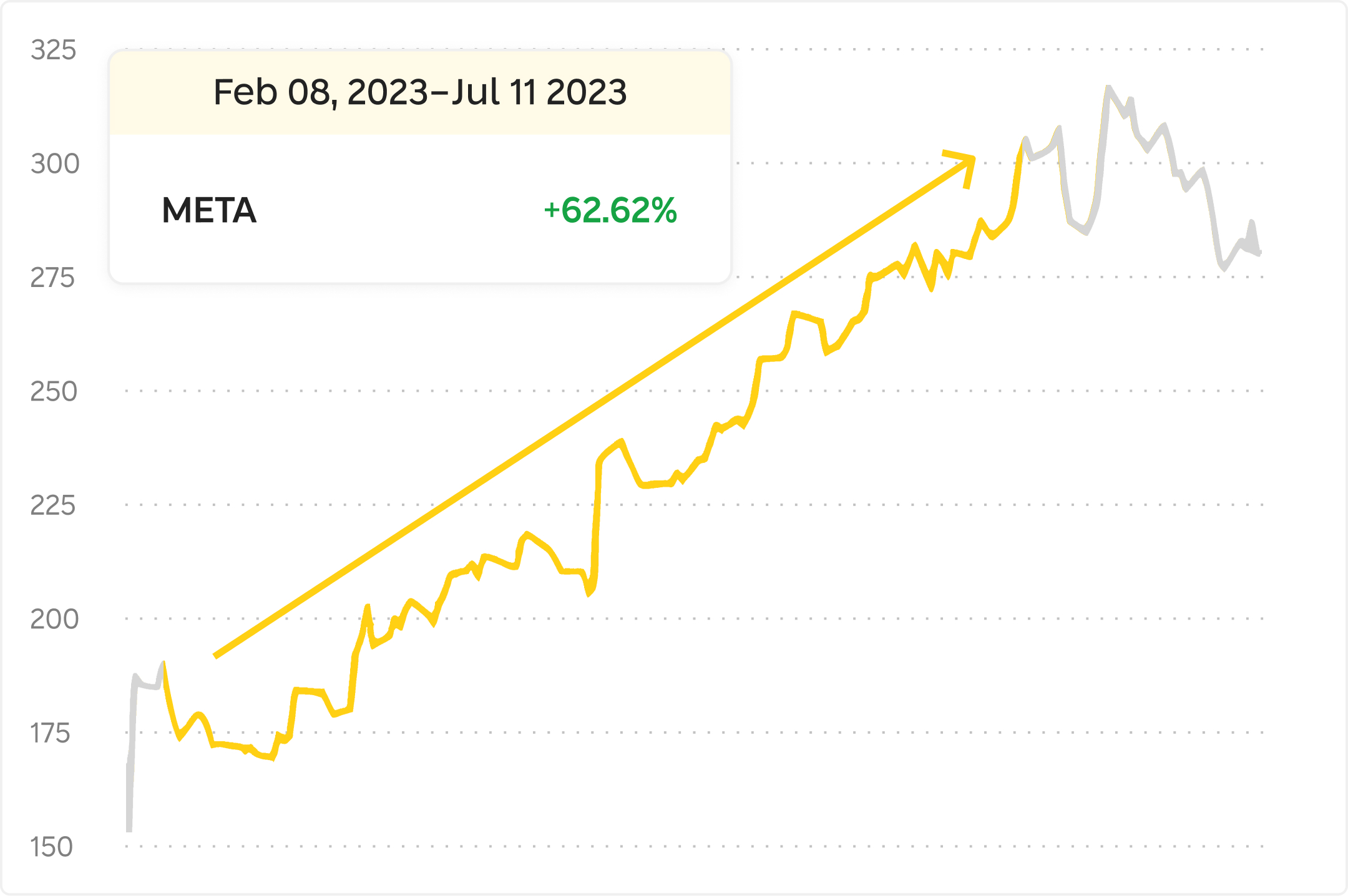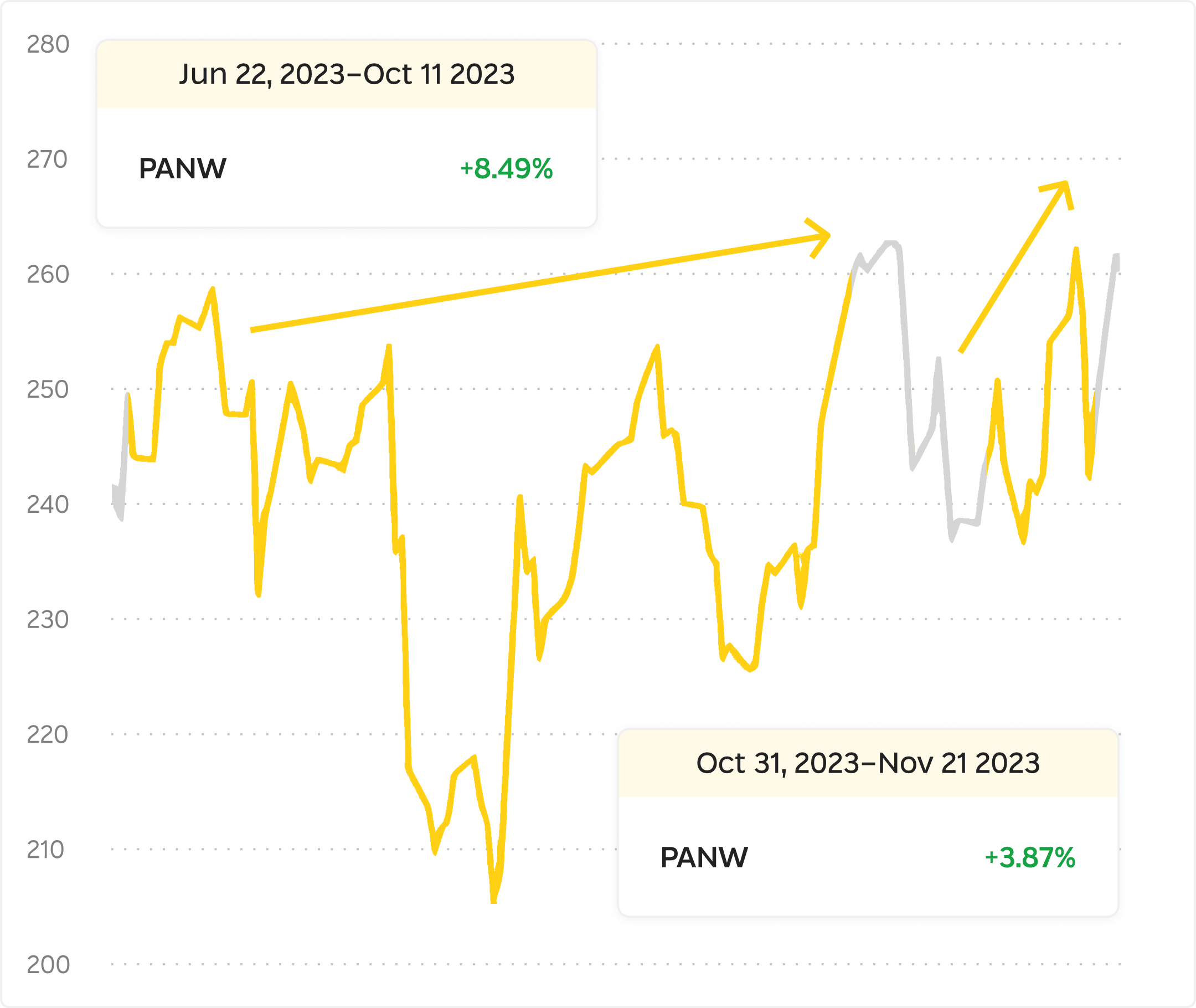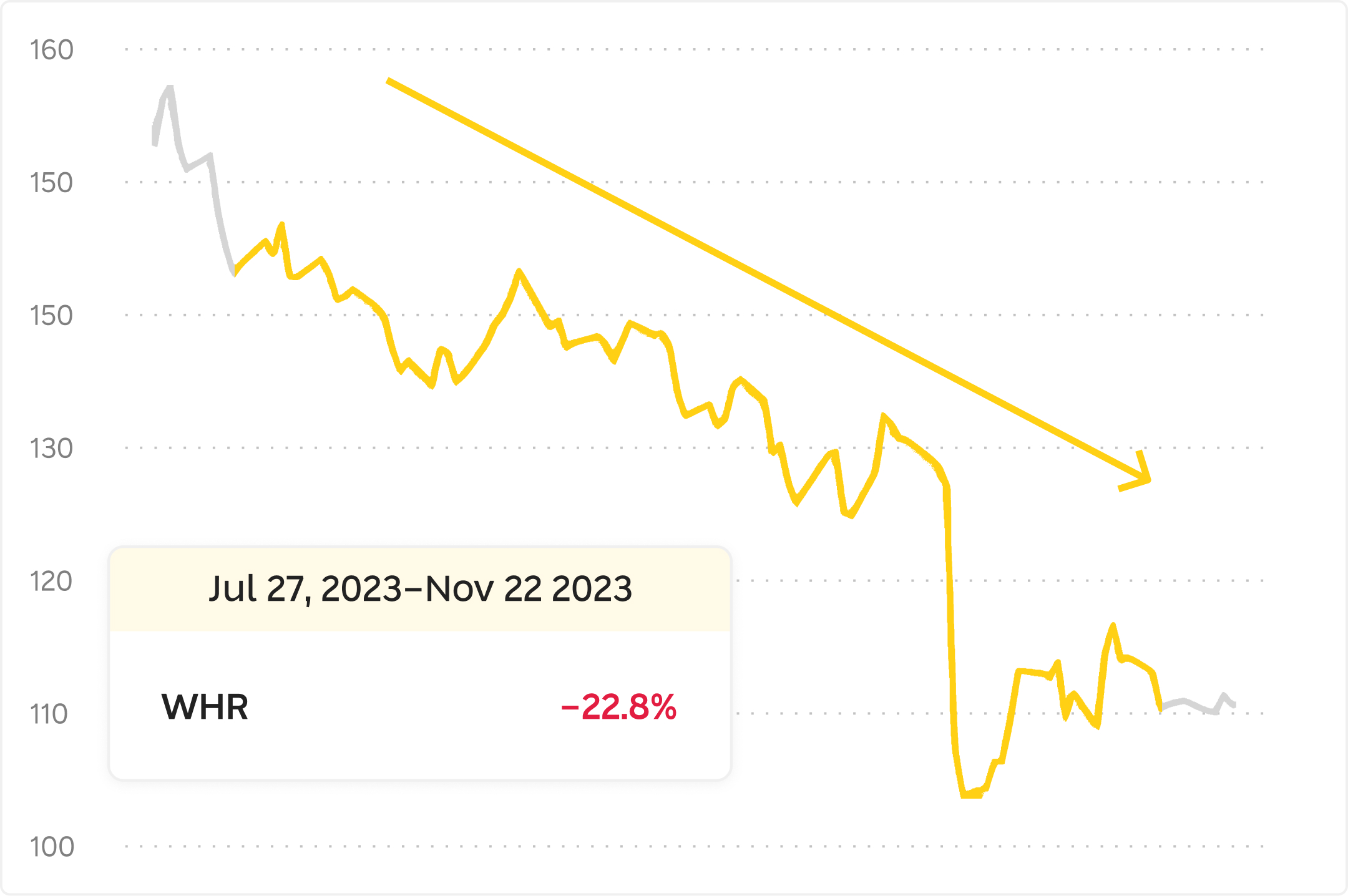FINQEDGE
With FINQEDGE, users can access the combined assessment of FINQFIRST and FINQLAST. That is, FINQEDGE delivers a simple list of the best-buying and best-selling stocks.
So, how did FINQEDGE perform last year?
FINQEDGE returned 38.88% in 2023. Again, this represents significant outperformance compared to the S&P 500’s 24.23% return.
Let’s break down the numbers. Fees aside, how much would you earn off an initial investment of $10,000 following the FINQEDGE portfolio compared to investing in the broad S&P 500?
If you invested in the broad S&P 500 at the end of 2023, you’d be left with $12,423 ($10,000 x 24.23). This means you profited $2,423.
Not bad!
But, If you invested $10,000 in FINQEDGE instead, you’d be left with a portfolio worth $13,888 at the end of the year. This represents an impressive $3,888 profit.
Put another way, the FINQEDGE portfolio returned $1,465 more than the S&P 500 on a $10,000 investment over 12 months.
The numbers speak for themselves.
Conclusion
As we reflect on the remarkable journey of the financial markets in 2023, it becomes increasingly evident that a data-driven approach to investment is not just valuable, but essential in navigating the complex and dynamic landscape of modern finance. The FINQ end-of-year report for 2023 vividly illustrates this point.
The year 2023 was a testament to the resilience and potential of the markets, marked by impressive gains in major indexes like the S&P 500, despite the challenges posed by high interest rates, persistent inflation, and geopolitical tensions. The standout performance of sectors like information technology, fueled by advancements in artificial intelligence, underscores the rapid evolution and opportunities within the market.
This is where FINQ's services shine. By leveraging data-driven strategies, including the innovative FINQFIRST and FINQLAST portfolios, FINQ has successfully navigated these turbulent waters, significantly outperforming the market. The remarkable returns achieved by FINQ's strategies are a powerful endorsement of the efficacy and value of a data-driven approach.
The insights from 2023's market performance unequivocally support adopting data-driven investment strategies. As we move forward, the wisdom gleaned from this year's experiences strongly encourages investors to embrace the services offered by FINQ. Utilizing FINQ's expertise and data-centric approach can empower investors to make more informed, strategic, and ultimately, successful investment decisions in the ever-evolving financial landscape.



